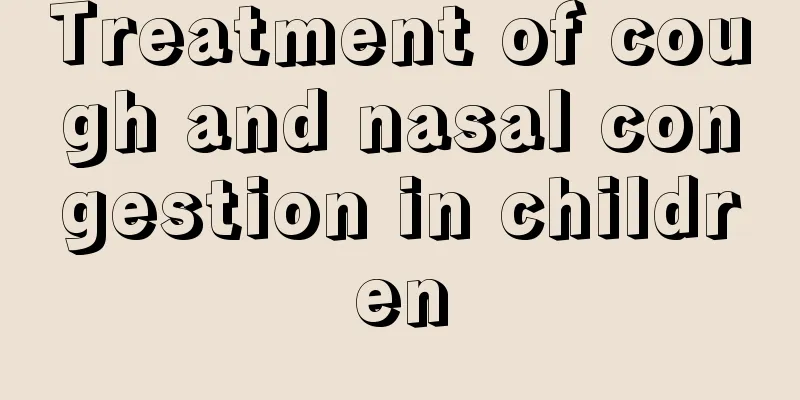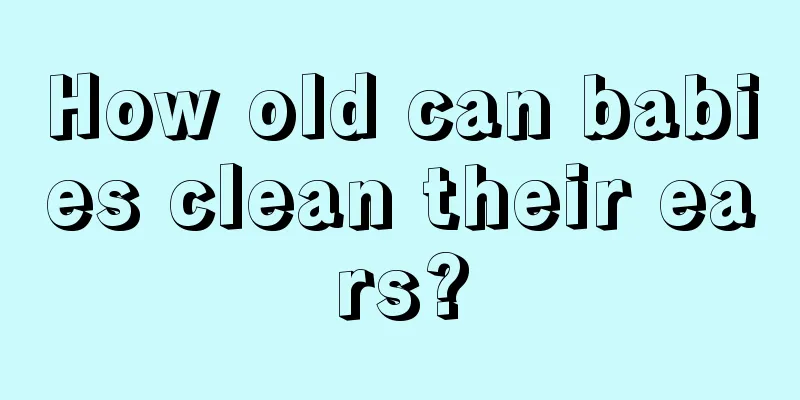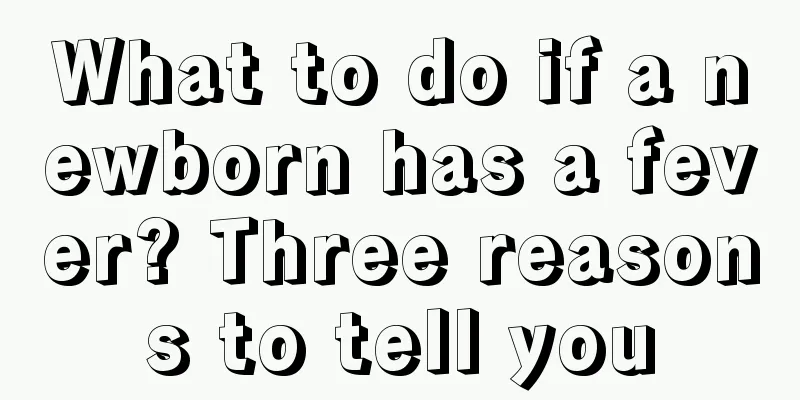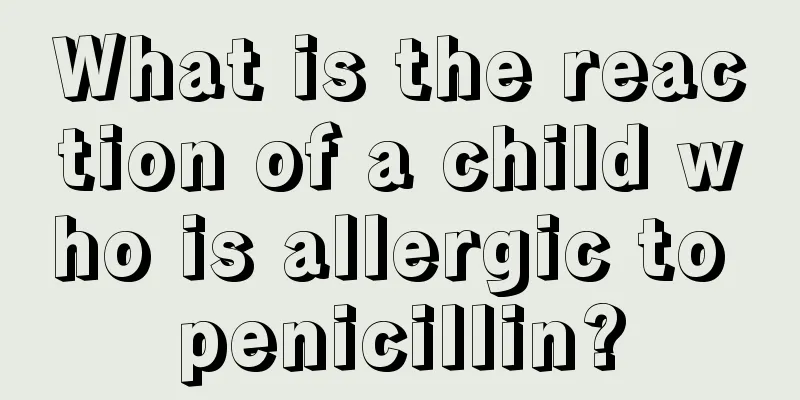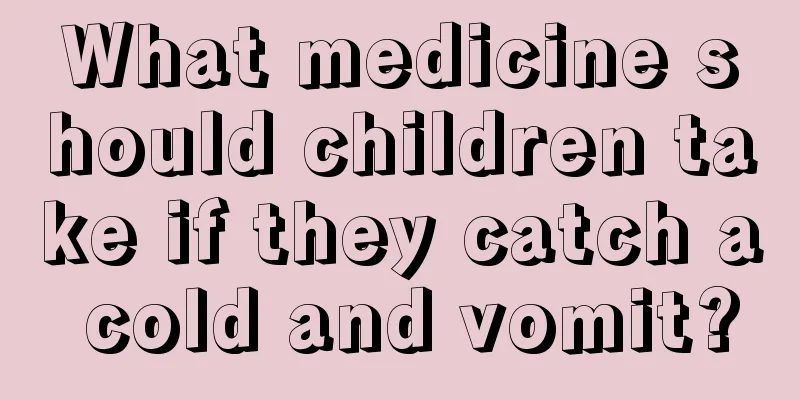How to prevent and detect bronchitis in children
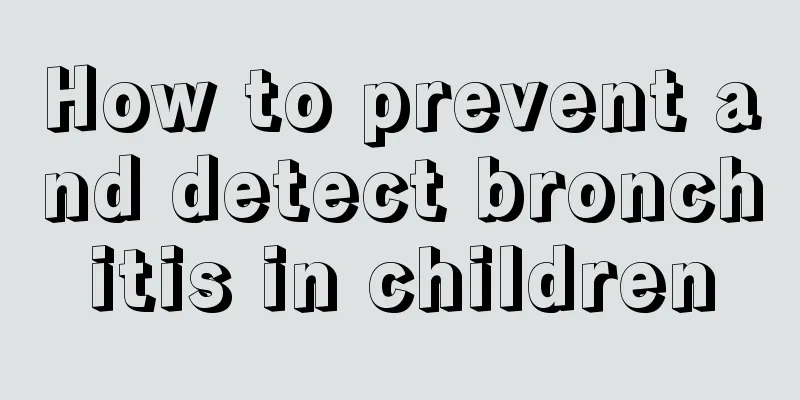
|
Childhood bronchitis is a disease that many children are prone to during their growth and development stage. This disease has a great impact on children's physical and mental health. So, how can we detect and prevent bronchitis in children? This is a serious issue that is of great importance to all children. If our parents can do a good job in preventing and detecting bronchitis in children, it will be very beneficial to the healthy growth of their children. Most children will show some symptoms of illness during their growth and development. Although most of the time our parents are very concerned about their children's physical health, sometimes diseases come inadvertently, just like childhood bronchitis. So, let’s talk about the prevention and detection of bronchitis in children. Bronchitis in children refers to inflammation of the bronchi. The lesions of bronchiolitis in children mainly occur in the small bronchi in the lungs, also known as the capillaries, hence the name "bronchiolitis". It is usually a complication caused by viral infections such as the common cold and influenza, but may also be caused by bacterial infections. It is a common acute upper respiratory tract infection in children. Clinical diagnosis 1. Age: The disease can occur at any age stage in childhood. 2. Respiratory symptoms: Most patients first experience upper respiratory tract infection symptoms. Cough is the main symptom, which starts as a dry cough and then produces phlegm. The onset of disease may be acute or slow, and fever may be present or absent, high or low. Sometimes accompanied by wheezing. Associated symptoms: Infants and young children have more obvious systemic symptoms, often with fever, which may be accompanied by gastrointestinal symptoms such as vomiting and diarrhea; older children have milder systemic symptoms, often with headache, chest pain, coughing up sticky or purulent sputum. 3. Pulmonary signs: coarse breath sounds in both lungs, sometimes with irregular, scattered dry rales and coarse and medium moist rales. The characteristic of this disease is that the rales decrease or disappear after changing body position or coughing. Wheezing may be heard in some children. There is generally no shortness of breath or cyanosis. Infants and young children may have shortness of breath, and those with severe coughing may occasionally become cyanotic; 4. Other signs: Because it may be accompanied by nasal symptoms such as nasal congestion and runny nose, those with concurrent sinusitis may have symptoms such as purulent nasal discharge and headache. There are corresponding signs when there are other systemic complications. How to prevent and detect bronchitis in children Understand the risk factors for recurrent bronchitis 1. Infants and premature babies. 2. People who live in polluted environments and are exposed to passive smoking. 3. People with allergic constitution and airway hyperreactivity. 4. Those with primary diseases such as bronchial foreign body aspiration and bronchiectasis 5. Those with underlying diseases such as BPD, congenital heart disease, or immunosuppression or immunodeficiency. Prevention and home care of bronchitis in children General measures to prevent respiratory infections 1. Avoid exposure to smoking environments 2. Try not to go to public places during the season when viral respiratory infections are prevalent. 3. Frequent hand washing should be emphasized. 4. Improve indoor air quality, especially the amount of negative oxygen ions. After the detailed introduction in the above article, I believe most people know about the prevention and detection of bronchitis in children. In fact, it is very easy to detect bronchitis in children. As long as you know some symptoms of bronchitis in children in detail, you can solve it. However, the prevention of bronchitis in children is relatively complicated. The details have been introduced in detail above, so everyone must pay attention. |
<<: What to do if your child has a cough and stuffy nose
>>: The differences between wind-heat cold and wind-cold cold in children
Recommend
How to prevent asthma in children
Spring is the season when children are most likel...
Can children eat pomegranates when they have a cough?
Pomegranate is rich in nutrients. It not only con...
What is the reason for white bubbles in the child’s throat?
There are small white bubbles on the baby's t...
Mugwort leaf compress for infant navel colic
Is applying mugwort to the baby's navel effec...
How is the intelligence of a baby with a single umbilical cord
Many mothers will do multiple prenatal checkups w...
What are the baby's development indicators at one and a half weeks?
What are the baby's development indicators at...
What should children with allergies eat?
When a person comes out of the womb, he or she wi...
How long after feeding should you put your baby down?
Raising a child is not an easy process because ch...
Does your child have red spots on his body?
The baby's skin is relatively tender and frag...
What to do if your child has a fever and wants to sleep
Every time a child has a fever, parents will feel...
How to stop night feeding
Anyone who has taken care of a baby knows that ma...
Generally speaking, it is best to add complementary food to babies at a few months.
At how many months does a baby need to add comple...
Is excessive exercise good for children?
Nowadays, many parents pay great attention to the...
Is childhood epilepsy hereditary?
Epilepsy is a very scary disease. It is a neurolo...
What are the precautions for baby head massage?
After the baby is born, parents will always pay a...



